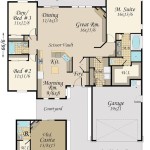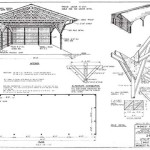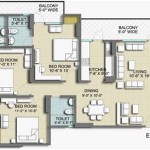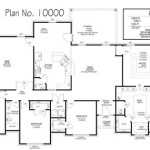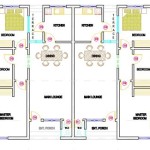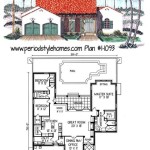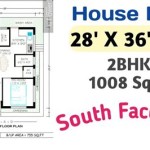Floor Plans For Tiny Homes
Tiny homes are becoming increasingly popular due to their affordability, sustainability, and mobility. Many people choose to live in a tiny home for various reasons, including downsizing, financial constraints, or a desire for a simpler life. Whatever the reason, careful planning is essential when designing a tiny home to ensure that it meets your specific needs and lifestyle.
The floor plan is one of the most important aspects to consider when designing a tiny home. It determines how the space will be used and how the different areas of the home will flow together. Here are some things to keep in mind when creating a floor plan for a tiny home:
- Consider your lifestyle and needs. What are your daily routines? What activities do you like to do in your home? How much space do you need for storage? Thinking about how you live will assist you in determining the layout and size of your tiny home.
- Prioritize the essential areas. In a tiny home, every square foot counts, so it's important to prioritize the areas that are most important to you. For example, if you love to cook, you may want to have a larger kitchen. If you work from home, you may need a dedicated workspace.
- Maximize natural light. Natural light can make a small space feel larger and brighter. Try to orient your windows and doors to take advantage of natural light throughout the day.
- Use multi-purpose furniture. Multi-purpose furniture can help you save space and keep your tiny home organized. For example, a sofa that converts into a bed, or an ottoman that can also be used as a storage unit.
Once you have considered these factors, you can start to sketch out a floor plan for your tiny home. Here are some popular floor plan layouts for tiny homes:
- The loft layout. This layout features a sleeping loft above the main living area. This is a great option for maximizing space in a tiny home, as it allows you to have a separate sleeping area without taking up valuable floor space.
- The open-concept layout. This layout combines the living, dining, and kitchen areas into one open space. This can help to make a tiny home feel more spacious and airy.
- The galley kitchen layout. This layout features a narrow kitchen with appliances and storage units on either side. This is a good option for maximizing counter space in a tiny home.
- The split-level layout. This layout features two levels, with the living area on one level and the sleeping area on another level. This can be a good option for creating a more private sleeping area.
No matter which floor plan you choose, it's important to carefully consider the placement of furniture and appliances. Every inch of space counts in a tiny home, so it's important to make the most of every square foot. By following these tips, you can create a floor plan for a tiny home that meets your specific needs and lifestyle.
Here are some additional tips for designing a floor plan for a tiny home:
- Use space-saving furniture and appliances.
- Consider using built-in storage to maximize space.
- Make use of vertical space by adding shelves and cabinets to walls.
- Declutter regularly to keep your tiny home organized and spacious.
With careful planning, you can create a tiny home that is both functional and stylish. By following these tips, you can create a floor plan that meets your specific needs and lifestyle.

Affordable Tiny House 18 X 28 Adu In Law Cabin

Tiny House Floor Plans Design Your

Tiny House Design Floor Plans

Tiny House Plans That Are Big On Style Houseplans Blog Com

Tiny House Floor Plans Absolute Houses

Tiny House Design Floor Plans

Tiny House Plan Examples

Tiny House Floor Plans 32 Home On Wheels Design

27 Adorable Free Tiny House Floor Plans Craft Mart

2 Bedroom Tiny House Floor Plan

